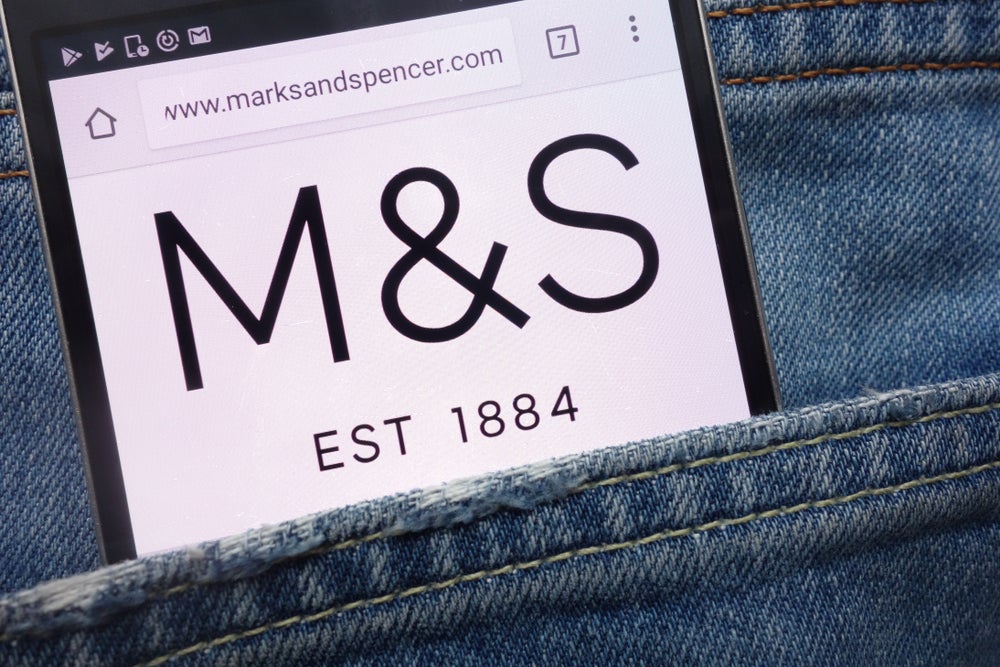
Imports at major US retail container ports likely saw their busiest peak season on record this summer and autumn as retailers replenished inventories and stocked up for the holiday season.
The latest Global Port Tracker report released by the National Retail Federation (NRF) and Hackett Associates shows US ports handled an estimated 8.1m Twenty-Foot Equivalent Units (TEU) from July through October, the peak shipping season when retailers rush to bring in merchandise for the winter holidays each year. While subject to revision once October numbers become final, that would be an increase of 6.1% over last year and would beat the previous record of 7.7m TEU set in 2018. A TEU is one 20-foot-long cargo container or its equivalent.
The peak season record includes a record 2.11m TEU imported in September, the latest month for which after-the-fact numbers are available. That was a 12.5% year-over-year increase and 0.1% higher than August’s previous record of 2.1m TEU for the largest number of containers imported in a single month since NRF began tracking imports in 2002.
October imports were estimated at 2m TEU, up 6.5% year-over-year, and the fourth-highest month on record. With most holiday merchandise already in the country, November is forecast at 1.7m TEU, up 0.2% year-over-year, and December is forecast at 1.58m TEU, down 8.2% from last year.
Despite the new monthly records, 2020 is expected to total 20.9m TEU, a drop of 3.4% from last year, and the lowest annual total since 20.5m TEU in 2017. The first half of 2020 totaled 9.5m TEU, down 10.1% from last year.
See Also:
January 2021 is forecast at 1.75m TEU, down 3.7% from January 2020; February at 1.52m TEU, up 0.9% year-over-year, and March at 1.59m TEU, up 15.7% from March 2020 – the month the pandemic first fully hit the United States while factories in China remained closed by the pandemic there.
How well do you really know your competitors?
Access the most comprehensive Company Profiles on the market, powered by GlobalData. Save hours of research. Gain competitive edge.

Thank you!
Your download email will arrive shortly
Not ready to buy yet? Download a free sample
We are confident about the unique quality of our Company Profiles. However, we want you to make the most beneficial decision for your business, so we offer a free sample that you can download by submitting the below form
By GlobalData“Peak season is the Superbowl of the supply chain world each year as retailers make sure they have enough merchandise on hand to satisfy demand during the holidays, and this is the busiest we’ve ever seen,” explains Jonathan Gold, vice president for supply chain and customs policy at the National Retail Federation (NRF).
“Part of this surge was fueled by restocking after retail sales rebounded this summer and part could be making sure there aren’t shortages if we see panic buying again. The economic challenges of the pandemic aren’t over yet, but this clearly shows how an industry that has been under stress is fighting back in a positive way. Retailers don’t import merchandise they don’t think they can sell, so this is a good sign for the holiday season.”
Hackett Associates founder, Ben Hackett, adds: “As we near the end of a difficult year in terms of health, trade, and politics, we have witnessed record-breaking statistics that have been virtually unpredictable. Imports hit all-time highs this summer and online shopping did the same. Whether similar patterns will continue in the coming months will be influenced to a large extent by the coronavirus pandemic and whether it will be brought under control by the arrival of expected vaccines next year.”
NRF is awaiting additional economic data before releasing its annual holiday spending forecast. But consumers surveyed for NRF by Prosper Insights & Analytics plan to spend an average US$997.79, down $50 from 2019 as they focus on gifts rather than purchases for themselves.







